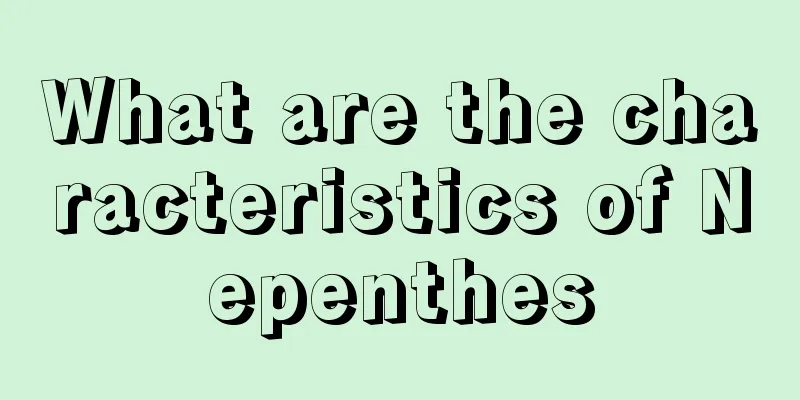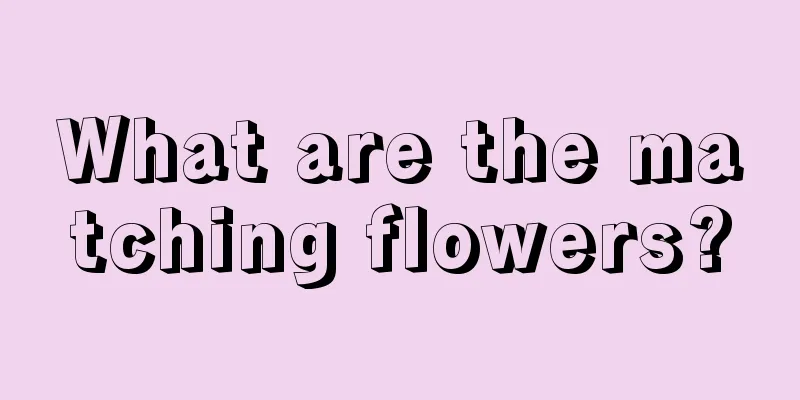What are the characteristics of Nepenthes

CageThe most peculiar thing is its insect-catching organ - the insect pitcher. When the pitcher plant grows new leaves, the bottom of the pitcher vine will have the rudiments of an insect trap. It starts out yellowish-brown, gradually turns red, and begins to swell, forming a cage lid. There is a lip at the pitcher mouth, which gradually develops, becomes wider and larger, and turns outward. At this point the insect trap is mature and can be used to catch insects! CageThe cage body can be green, orange, red and other colors with white spots. When a bug falls into the bottle, the bottle will become darker when viewed from the outside, but the white spots will become noticeably brighter. Cage coverThe cage cover is placed above the cage mouth, and the cover obviously prevents rainwater from entering and contaminating the acidic liquid in the cage. It can also block light and prevent insects in the cage from escaping. Cage mouthThe opening of the insect pitcher is divided into two types: parallel mouth and inclined mouth. lipThe most colorful part of the pitcher is the curled outer part. The lips can secrete juice, which is quite slippery, so insects will slide directly into the bottle when they touch it. Cage WingsThere are two parallel wings at the front of the insect trap, extending all the way to the bottom of the cage. There are many tiny structures on the wings called whiskers. The function of the cage wings is to facilitate insects on the ground to climb to the cage mouth, paving a passage for them to enter the "wolf mouth". The trap also has some other small structures such as digestive glands and wax area, nectar glands of Nepenthes, nectar glands, appendages, cage bones, cage tails, cage shoulders. Grass bladesUnlike other plants, the leaves of pitcher plants are actually its petioles, which are a kind of modified leaves. The leaves are lanceolate with distinct pinnate veins. Also connected to the grass leaves are: petiole, vine, guide nectary, GrassrootsThe roots are fibrous, black, fragile and easily broken, and not very developed. inflorescenceNepenthes is a dioecious plant, and two plants of different sexes can directly pollinate and produce seeds. Nepenthes usually blooms at the junction of drought and rain, and when the seeds mature it happens to be the rainy season, which is conducive to seed germination. |
<<: Common varieties of freesia
>>: What are the varieties of Cymbidium?
Recommend
Cantaloupe planting time and method
Cantaloupe planting time There are usually two so...
Can melon seed husks be used as fertilizer?
Can melon seed husks be used as fertilizer? Melon...
A complete list of varieties of lotus
Apricot Yellow The flower buds are long peach-sha...
Cultivation methods and precautions of bamboo begonia
Farming methods environment This plant likes shad...
The best time to plant morning glory in spring
1. Best planting time If you want to plant in spr...
Is milkweed poisonous?
Is milkweed poisonous? Answer: Yes. Not only is i...
How to prune yew bonsai
Pruning time Different pruning should be done acc...
When is the best time to plant chives?
Many friends love to eat leeks, and there are man...
How to grow dragon bamboo in water culture in summer to make it more vigorous
In summer, the rooting speed of Dragon Bamboo in ...
Does catnip prefer shade or sun?
Does catnip prefer shade or sun? Catnip is relati...
Do climbing roses prefer shade or sun?
Do climbing roses prefer shade or sun? Climbing r...
How to propagate spiderwort by cuttings
1. Plant introduction Net-grass is native to Amer...
Advantages and disadvantages of the Landlord Rose
The plant height of the Landlord Rose can reach o...
How to prepare nutrient soil for growing flowers?
Requirements for nutrient soil preparation Nutrie...
Oil peony planting method, what is the prospect
1. Planting method 1. Site selection: When planti...









